Home>Gardening & Outdoor>Outdoor Recreation & Activities>How To Clean Dirt Out Of A Swimming Pool
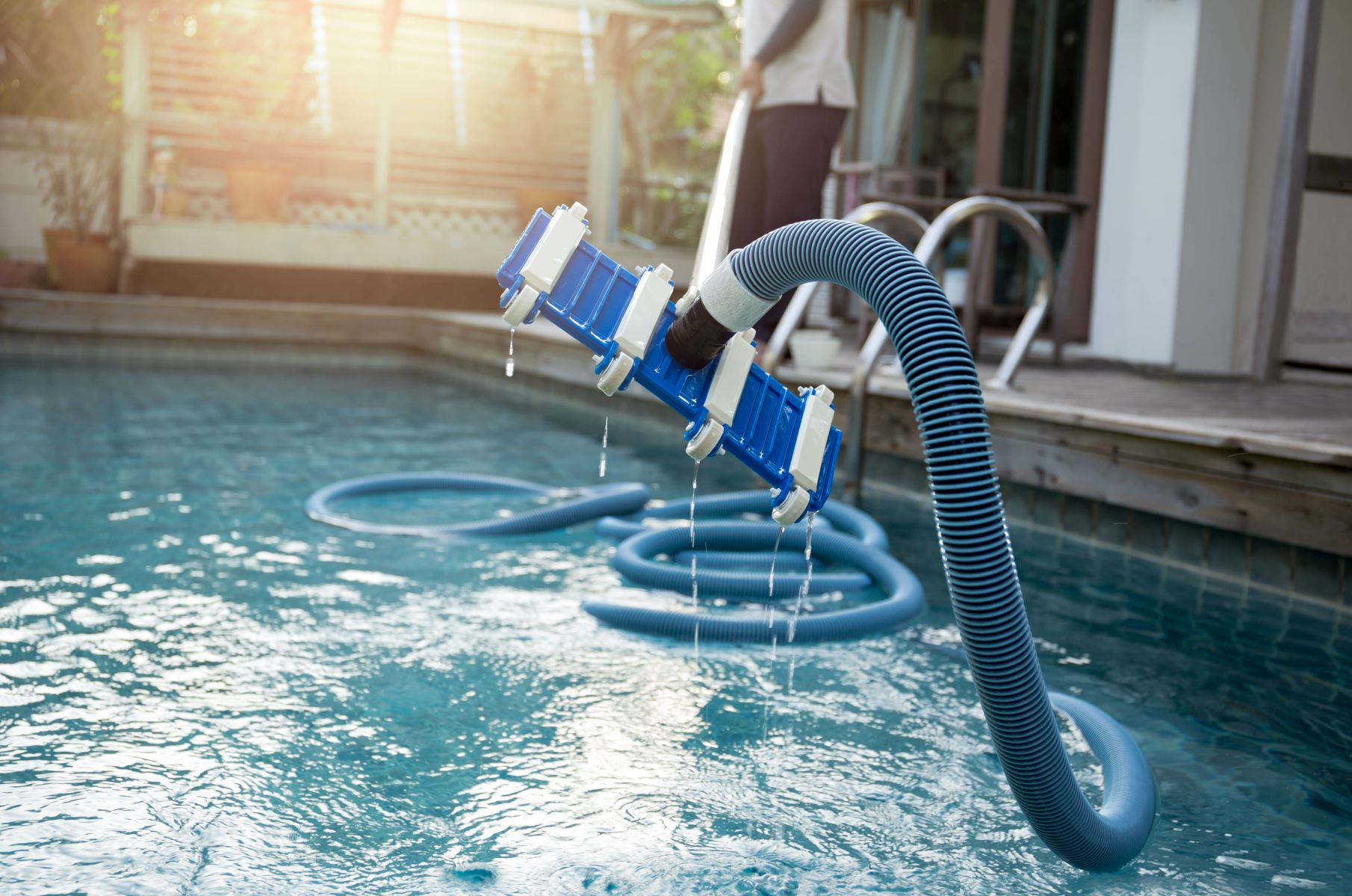

Outdoor Recreation & Activities
How To Clean Dirt Out Of A Swimming Pool
Published: February 18, 2024
Learn how to effectively clean dirt out of your swimming pool with our expert outdoor recreation and activities tips. Keep your pool sparkling clean all season long!
(Many of the links in this article redirect to a specific reviewed product. Your purchase of these products through affiliate links helps to generate commission for Storables.com, at no extra cost. Learn more)
Introduction
Maintaining a clean and inviting swimming pool is essential for enjoying a refreshing and hygienic aquatic experience. Whether you have an above-ground pool for family fun or an in-ground oasis for relaxation, keeping it free from dirt and debris is crucial. Over time, various forms of dirt, such as leaves, twigs, insects, and sediment, can accumulate in the pool, compromising its cleanliness and aesthetic appeal. Fortunately, with the right tools and a systematic approach, you can effectively remove dirt from your swimming pool and restore its crystal-clear allure.
A clean pool not only enhances the visual appeal of your outdoor space but also promotes a healthier environment for swimming and lounging. By eliminating dirt and debris, you can prevent clogging of the filtration system, reduce the need for excessive chemical treatments, and minimize the risk of algae growth. Additionally, a well-maintained pool provides a safer and more enjoyable setting for recreational activities, social gatherings, and relaxation.
In this comprehensive guide, we will explore the step-by-step process of cleaning dirt out of a swimming pool, along with valuable tips for ongoing maintenance. By following these guidelines, you can ensure that your pool remains a pristine and inviting haven for you, your family, and your guests. Let's dive into the essential tools and equipment needed to embark on this cleaning journey.
Key Takeaways:
- Regularly skimming, brushing, and vacuuming your pool, along with monitoring water chemistry, helps maintain a clean and inviting swimming environment for a refreshing and enjoyable experience.
- Utilizing essential tools and equipment, such as pool skimmers, brushes, vacuums, and water testing kits, empowers pool owners to proactively address dirt and debris accumulation, ensuring a pristine pool for relaxation and recreation.
Read more: How To Clean A Swimming Pool
Tools and Equipment Needed
To effectively clean dirt out of a swimming pool, you will need a set of essential tools and equipment. These items are instrumental in facilitating the removal of debris, maintaining water clarity, and preserving the overall cleanliness of the pool. Here's a detailed look at the indispensable tools and equipment required for this task:
1. Pool Skimmer:
A pool skimmer is a vital tool for removing surface debris such as leaves, insects, and twigs. It typically consists of a mesh net attached to a telescopic pole, allowing you to skim the water's surface and collect floating debris efficiently.
2. Pool Brush:
A pool brush is essential for scrubbing the pool walls, steps, and floor to dislodge dirt and algae buildup. It comes in various types, including nylon, stainless steel, and wire, designed to cater to different pool surfaces.
3. Telescopic Pole:
A telescopic pole serves as a versatile extension for attaching various pool-cleaning attachments, such as the skimmer and brush. It enables you to reach and clean different areas of the pool without the need to enter the water.
Read more: How To Clean A Swimming Pool Filter
4. Pool Vacuum:
A pool vacuum is indispensable for removing dirt and sediment that have settled on the pool floor. It operates similarly to a household vacuum cleaner, utilizing suction to extract debris and maintain a clean pool bottom.
5. Leaf Rake:
A leaf rake, also known as a leaf skimmer, is specifically designed to gather and remove larger debris, such as leaves and branches, from the pool water. Its mesh netting allows for efficient collection without clogging the filtration system.
6. Water Testing Kit:
A water testing kit is essential for monitoring the pool's chemical balance and ensuring optimal water quality. It typically includes test strips or reagents for measuring pH levels, chlorine concentration, alkalinity, and other essential parameters.
7. Pool Filter:
The pool filter, whether sand, cartridge, or diatomaceous earth (DE), plays a crucial role in trapping and removing fine particles and impurities from the water. Regular maintenance and cleaning of the pool filter are essential for efficient filtration.
Read more: How To Clean Swimming Pool Tile
8. Chemicals:
Various pool chemicals, such as chlorine, algaecides, and pH balancers, are necessary for sanitizing the water, preventing algae growth, and maintaining the pool's chemical equilibrium.
By equipping yourself with these essential tools and equipment, you will be well-prepared to embark on the process of cleaning dirt out of your swimming pool. With the right resources at your disposal, you can effectively restore your pool's cleanliness and ensure a delightful swimming experience for all.
Steps to Clean Dirt Out of a Swimming Pool
-
Skim the Surface: Begin by using a pool skimmer to remove leaves, insects, and other debris floating on the water's surface. Move the skimmer across the pool, collecting the debris in the mesh net. This initial step helps prevent the debris from sinking to the bottom, making the cleaning process more manageable.
-
Brush the Walls and Floor: Utilize a pool brush to scrub the walls, steps, and floor of the pool. This action dislodges dirt, algae, and other buildup, preparing it for removal. Depending on the pool's material, choose a suitable brush type, such as nylon, stainless steel, or wire, to effectively clean the surfaces.
-
Vacuum the Pool: Use a pool vacuum to remove dirt and sediment that have settled on the pool floor. Attach the vacuum to the telescopic pole and carefully maneuver it across the pool bottom, ensuring thorough coverage. The vacuum's suction power effectively extracts the debris, contributing to a cleaner and more inviting pool environment.
-
Clean the Skimmer and Pump Baskets: Regularly check and clean the skimmer and pump baskets to ensure optimal filtration. These baskets capture debris and prevent it from entering the pool's filtration system, thereby enhancing its efficiency. Remove any collected debris and rinse the baskets to maintain unobstructed water flow.
-
Backwash the Filter (If Applicable): If your pool is equipped with a sand or DE filter, periodically backwashing it is essential to expel trapped dirt and contaminants. Follow the manufacturer's instructions to perform a proper backwashing procedure, promoting the filter's effectiveness in keeping the water clear and free from impurities.
-
Monitor and Adjust Chemical Levels: Regularly test the pool water using a water testing kit to assess its chemical balance. Adjust the pH, chlorine, and alkalinity levels as needed to maintain optimal water quality. Proper chemical balance not only ensures a safe and hygienic swimming environment but also aids in preventing algae growth and water cloudiness.
-
Shock the Pool (If Necessary): In the event of excessive dirt accumulation, algae growth, or water cloudiness, consider shocking the pool with a suitable oxidizing agent. Pool shock treatment helps eliminate organic contaminants and restore water clarity, contributing to a cleaner and more inviting pool environment.
-
Maintain Regular Cleaning and Maintenance: Establish a routine for cleaning and maintaining your pool to prevent dirt and debris buildup. Regularly skimming the surface, brushing the pool walls, vacuuming the floor, and monitoring chemical levels are essential practices for sustaining a clean and inviting swimming pool.
By following these systematic steps and incorporating regular maintenance practices, you can effectively clean dirt out of your swimming pool and uphold its pristine condition. Embracing a proactive approach to pool care ensures a refreshing and enjoyable aquatic experience for you and your fellow swimmers.
Tips for Maintaining a Clean Pool
Maintaining a clean pool extends beyond the initial cleaning process and involves consistent upkeep to preserve water clarity, hygiene, and overall appeal. Here are essential tips for effectively maintaining a clean and inviting swimming pool:
-
Regular Skimming and Brushing: Implement a routine for skimming the pool's surface to promptly remove leaves, insects, and debris. Additionally, regular brushing of the pool walls, steps, and floor helps prevent algae and dirt buildup, contributing to a cleaner and more aesthetically pleasing pool environment.
-
Monitor and Maintain Water Chemistry: Regularly test the pool water using a reliable water testing kit to assess chemical levels, including pH, chlorine, alkalinity, and calcium hardness. Maintaining proper water chemistry not only ensures a safe and comfortable swimming experience but also prevents issues such as algae growth and cloudy water.
-
Optimize Filtration and Circulation: Ensure that the pool's filtration system, whether sand, cartridge, or DE filter, is functioning optimally. Regularly clean or backwash the filter as recommended by the manufacturer to promote efficient water filtration. Additionally, adequate circulation, facilitated by the pool pump and strategically placed return jets, helps distribute chemicals and maintain water clarity.
-
Consistent Vacuuming and Cleaning: Schedule regular vacuuming sessions to remove debris and sediment from the pool floor. By incorporating consistent cleaning practices, you can prevent the accumulation of dirt and maintain a pristine pool bottom. Additionally, cleaning the skimmer and pump baskets contributes to unobstructed water flow and enhanced filtration.
-
Proactive Algae Prevention: Implement preventive measures to inhibit algae growth, such as using algaecides and maintaining proper chemical balance. Regularly scrubbing the pool surfaces and ensuring adequate water circulation also aid in preventing algae formation, preserving the pool's cleanliness.
-
Routine Maintenance of Pool Equipment: Regularly inspect and maintain pool equipment, including the pump, filter, and automated cleaning systems. Address any issues promptly and adhere to recommended maintenance schedules to ensure the efficient operation of essential pool components.
-
Professional Maintenance and Inspections: Consider scheduling periodic professional maintenance and inspections to assess the overall condition of the pool, including its equipment, plumbing, and structural integrity. Professional service can identify potential issues early on and provide expert guidance on maintaining a clean and well-functioning pool.
By incorporating these tips into your pool maintenance regimen, you can uphold a consistently clean and inviting swimming environment. Consistent attention to skimming, brushing, water chemistry, filtration, and proactive maintenance contributes to a pristine pool that enhances your outdoor enjoyment and relaxation.
Conclusion
In conclusion, maintaining a clean swimming pool is a fundamental aspect of preserving its allure and ensuring a safe and enjoyable aquatic experience. By following the systematic steps outlined in this guide and incorporating essential maintenance practices, you can effectively clean dirt out of your pool and sustain its pristine condition.
A clean pool not only enhances the visual appeal of your outdoor space but also promotes a healthier environment for swimming and relaxation. Regular skimming, brushing, vacuuming, and monitoring of water chemistry are essential components of ongoing pool maintenance. These practices contribute to the prevention of dirt and debris buildup, algae growth, and water cloudiness, thereby preserving the pool's cleanliness and inviting ambiance.
Furthermore, the utilization of essential tools and equipment, such as pool skimmers, brushes, vacuums, and water testing kits, empowers pool owners to proactively address dirt and debris accumulation. The incorporation of regular maintenance routines, including filter backwashing, pump basket cleaning, and chemical adjustments, plays a pivotal role in sustaining optimal water quality and clarity.
By embracing a proactive approach to pool care and maintenance, pool owners can create a refreshing and inviting aquatic haven for themselves, their families, and their guests. The implementation of preventive measures, consistent upkeep, and periodic professional inspections ensures that the pool remains a source of relaxation, recreation, and enjoyment.
In essence, the journey to clean dirt out of a swimming pool is not merely a task but a commitment to preserving a pristine and inviting aquatic environment. By adhering to the guidelines and tips provided in this comprehensive guide, pool owners can embark on a fulfilling and rewarding path toward maintaining a clean and delightful swimming pool for years to come.
Frequently Asked Questions about How To Clean Dirt Out Of A Swimming Pool
Was this page helpful?
At Storables.com, we guarantee accurate and reliable information. Our content, validated by Expert Board Contributors, is crafted following stringent Editorial Policies. We're committed to providing you with well-researched, expert-backed insights for all your informational needs.
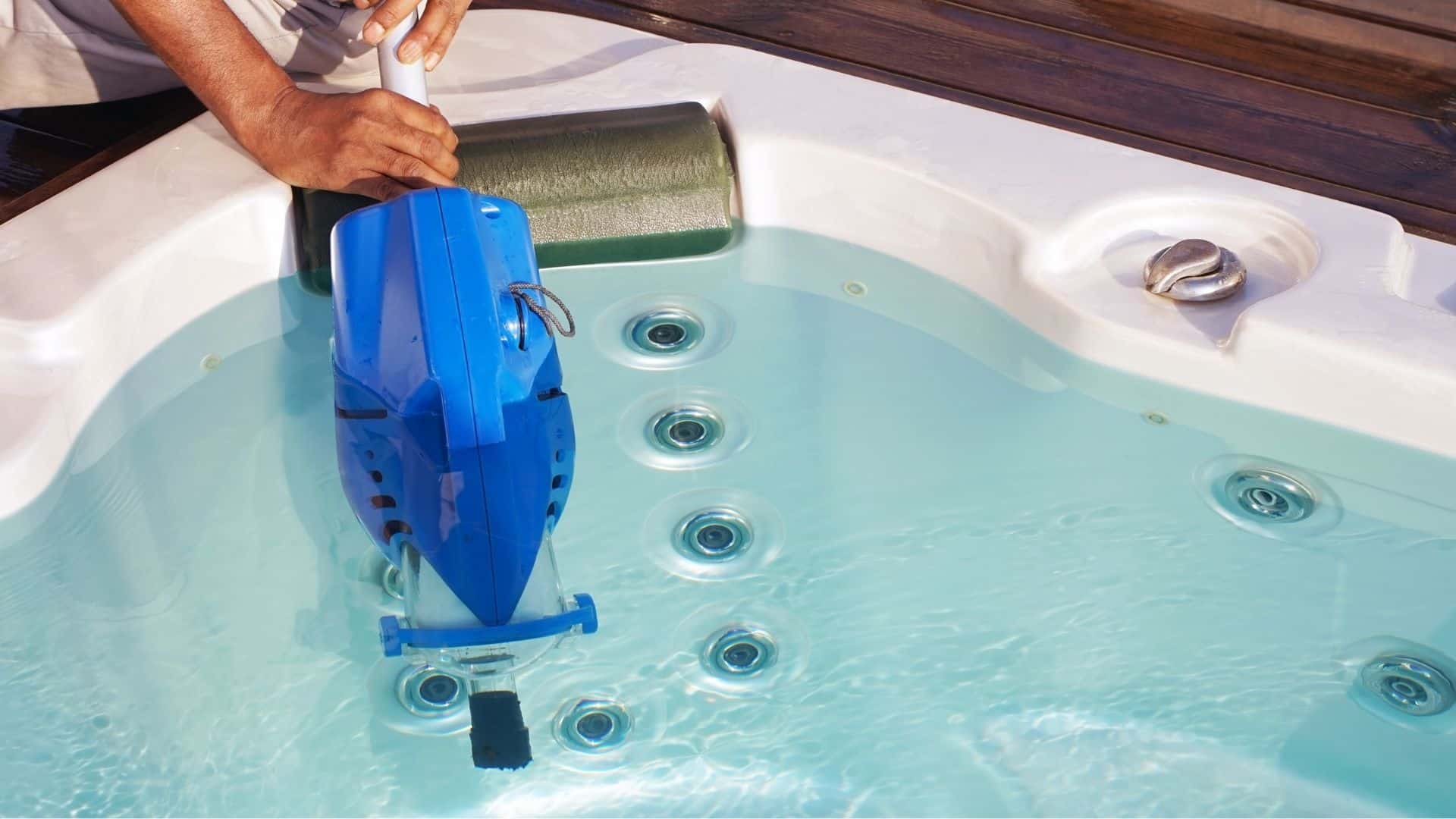
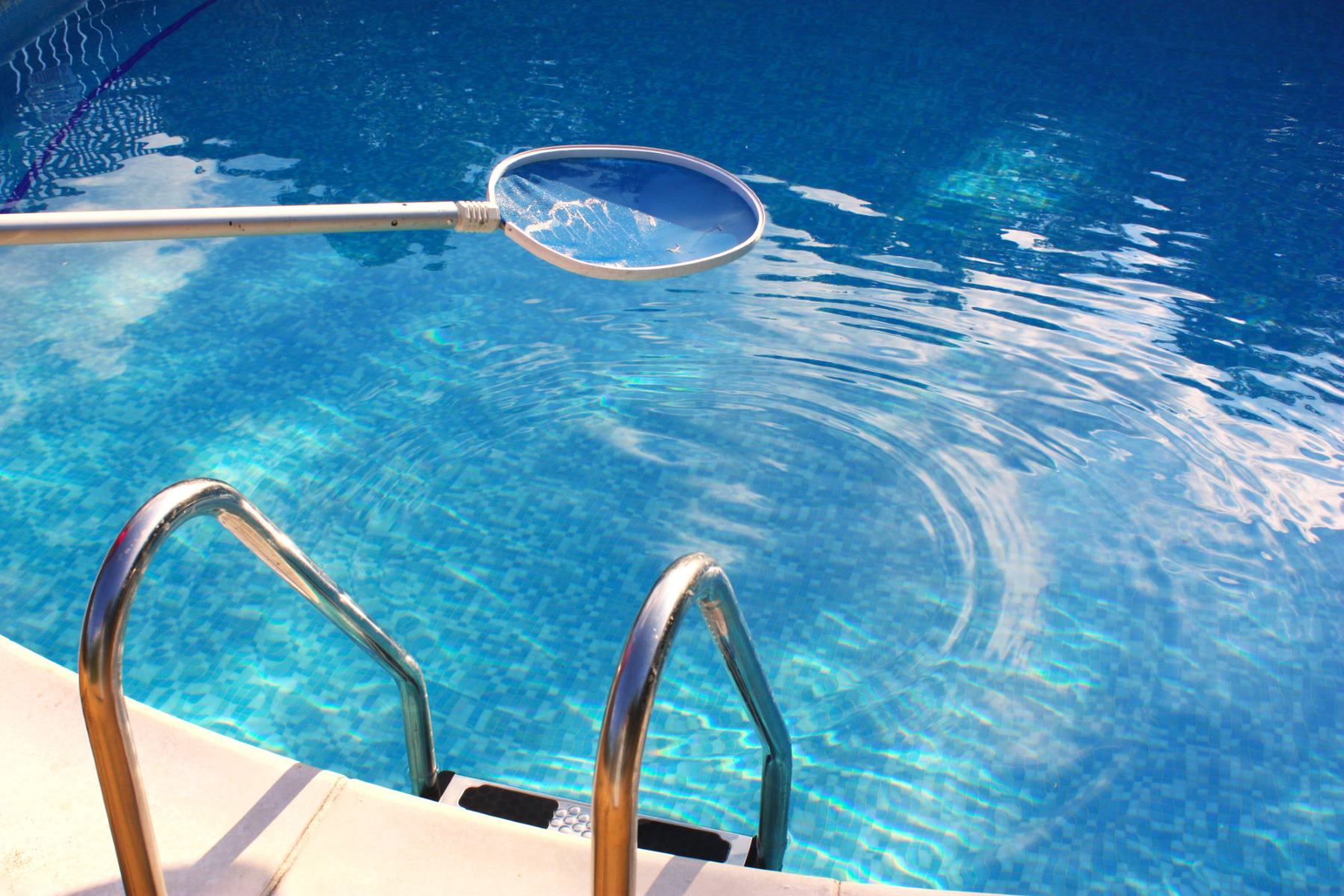
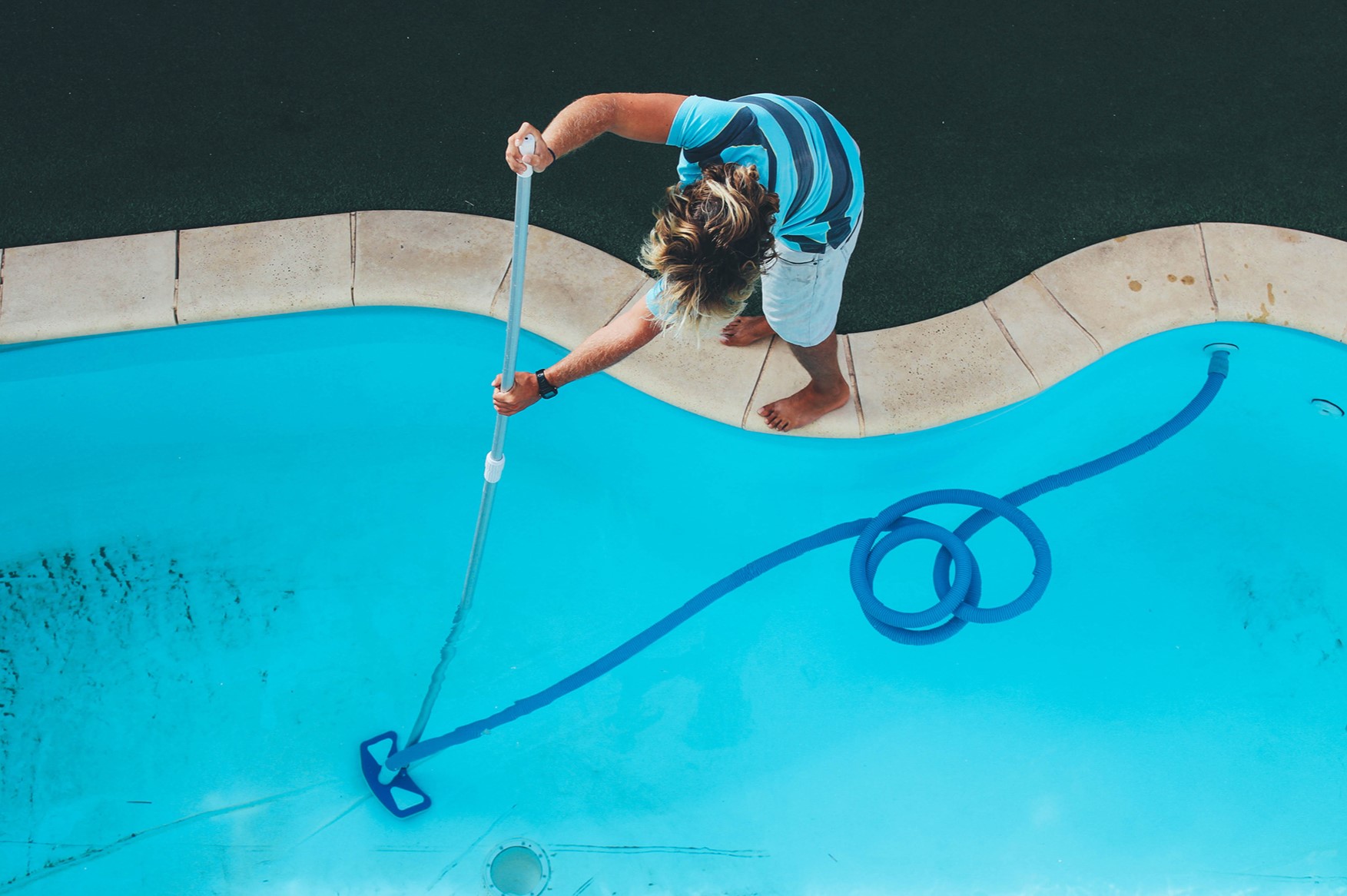
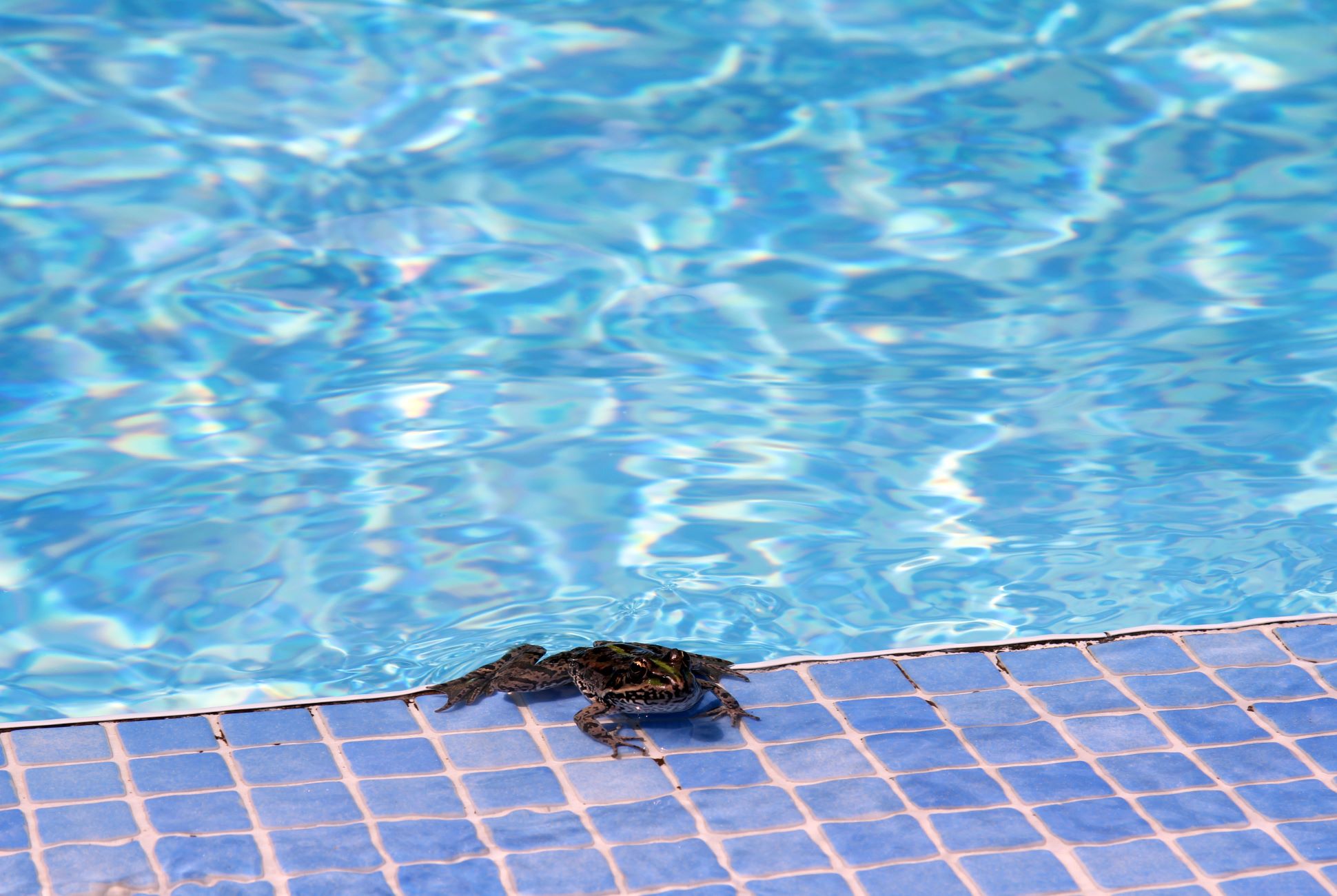
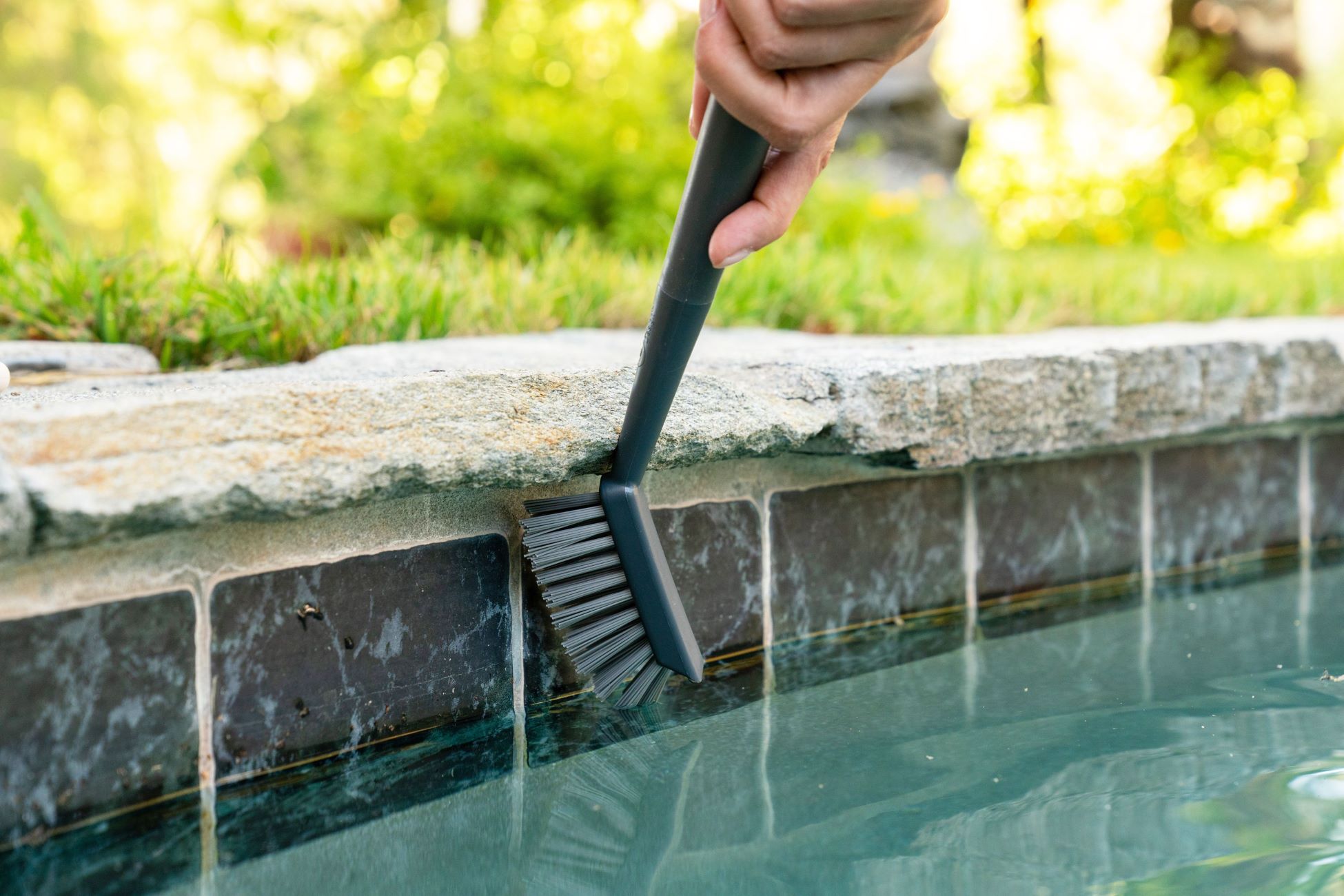




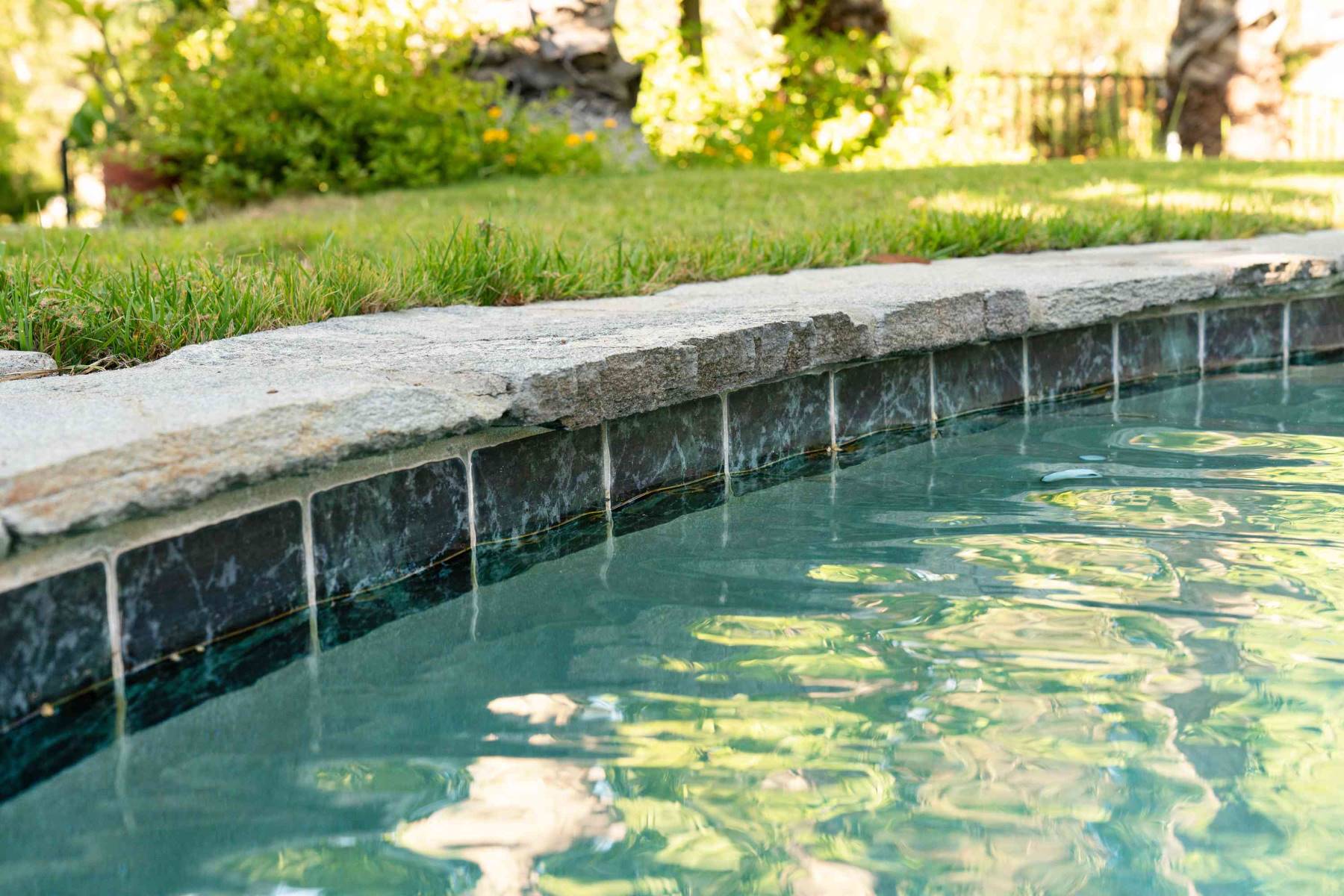




0 thoughts on “How To Clean Dirt Out Of A Swimming Pool”